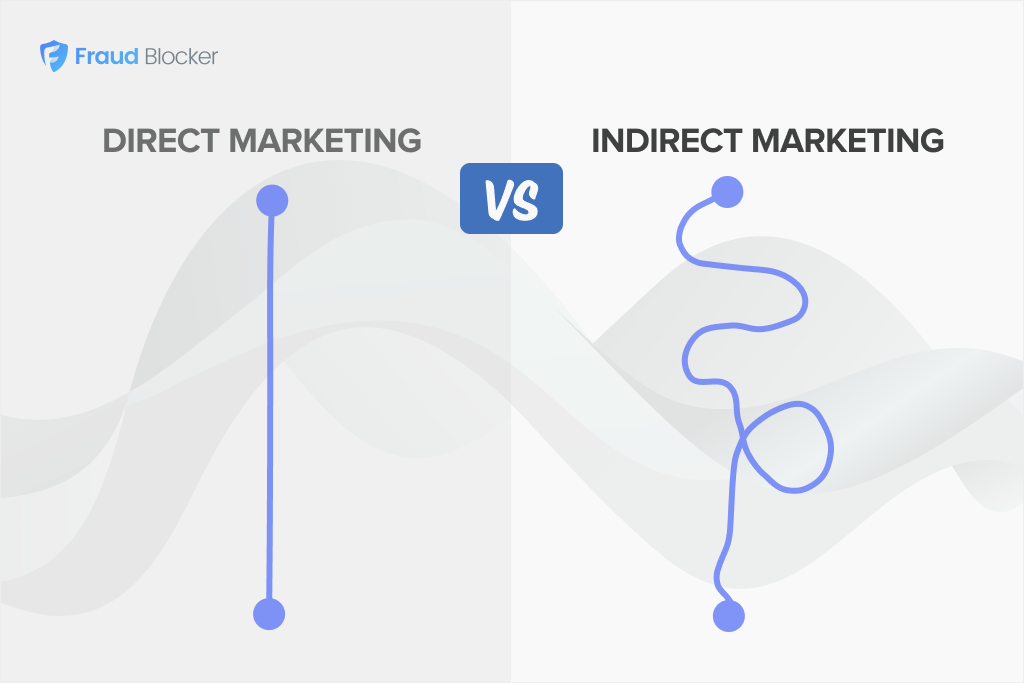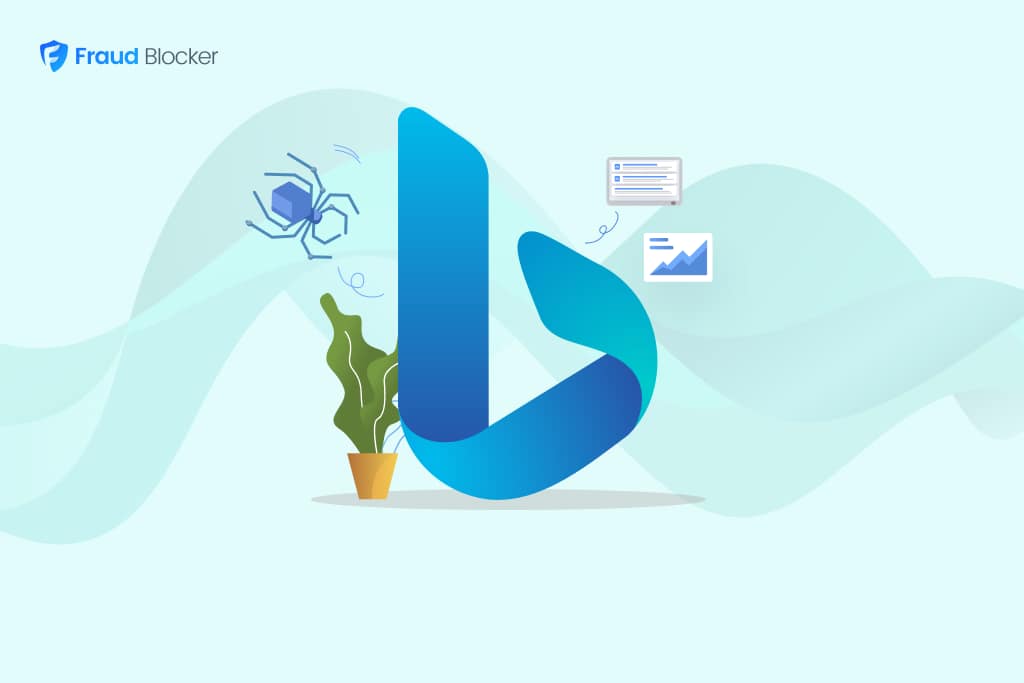
NEW New feature: Verify & block fake emails

We improve your ad performance by blocking click fraud and fake emails

Click fraud is costing advertisers billions in loses. Learn more here.

Click fraud is costing advertisers billions in loses. Learn more here.
Imagine a world where your customers come to you organically and without the need for costly ad spend.
Sounds like a dream, right? 💭
Well that’s the magic of indirect marketing. Instead of having to shout for attention, it’s all about creating value, building trust with your customers, and letting your brand naturally attract the right audience.
Let’s dive into how this strategy works and why it’s a game-changer for sustainable growth 🚀
Indirect marketing is all about playing the long game ♟
That means building brand awareness, gaining trust, and getting meaningful product engagement without constantly having to push sales, or spend big on advertising.
Unlike direct marketing, which pushes ads and promotions, indirect marketing attracts, educates, and nurtures a potential audience until they naturally gravitate toward your brand.
Think of indirect marketing like planting a field of seeds – you’ll need to nurture them with care until they grow strong and thrive 🌱
It’s a slow, steady process, but when done right, the impact is undeniable 📈
Let’s dive into how it works and how you can use it to grow your brand naturally, without forcing it.
Before we dive into the specifics, let’s talk about why these channels really matter.
Indirect marketing isn’t just a single tactic; it’s a layered strategy where multiple channels work together to build brand awareness and loyalty over time ⏱️
At its core, indirect marketing is all about building connections, sparking interest, and letting your brand grow organically. It’s not about the hard sell, it’s about creating content that genuinely resonates, whether as a solution to a problem or subtly addressing a real-world ‘need.’
Let’s break down how this approach can help you grow your brand naturally and make a lasting impact 💥
The backbone of indirect marketing, content marketing delivers valuable, insightful content that builds authority and credibility over time, keeping your brand top of mind for customers. If you’re not already using these, here are four content marketing actions we highly recommend you start with:
SEO makes your brand discoverable in organic search results, driving traffic without the need for associated ad spend, but you’ll need to be patient and play the long game. Here are our top focus points:
Public relations is more than just press releases and news clippings; it’s about strategically getting your brand in front of the right audiences while building a strong & credible reputation. Here are a few ways to elevate your PR game:
Social media isn’t just about broadcast channels, it’s about turning engagement into a relationship building powerhouse. Social media engagement allows you to reach potential customers exactly where they are on a daily basis, here’s some tips to refine your social media strategy:
Understanding the key differences between direct and indirect marketing is crucial for shaping and refining your marketing strategy.
By recognizing what sets each of them apart, you can ensure your marketing efforts stay on track and align with your long-term business goals. Let’s break it down so you know exactly when to apply each approach for maximum impact 👇
Why choose one when you can (and should) use both!
Using both direct and indirect marketing together creates the perfect balance and by blending both strategies, you get the best of both worlds – instant results and long-term growth 🚀
Think of it as creating a marketing powerhouse that keeps your brand front and center while building a loyal community that keeps coming back – you’re covering all of the bases.
Direct marketing brings in faster results, while indirect marketing nurtures those slow burning relationships and drives your brands organic growth. Together, they create a well-rounded strategy that accelerates your brand’s success on all fronts 👌
This means:
Indirect marketing might seem like a budget-friendly option compared to traditional advertising, but don’t be fooled, it still requires investment.
The biggest costs are often in time, effort, and content creation – here’s what you’ll need to factor into your budget:
Though indirect marketing requires patience, its long-term benefits outweigh the costs, leading to sustainable brand growth 📈
If there’s one brand that’s really nailed indirect marketing, it’s definitely Airbnb.
Instead of relying on expensive direct advertising, Airbnb built an ecosystem that sparked organic discovery and fueled community-driven content. Here’s how they made it happen:
The lesson learnt? A well-executed indirect marketing strategy creates a brand that people WANT to talk about 💬
By mixing content marketing, SEO, PR, social media, and referral programs, you can build a loyal tribe that drives organic growth. Here’s how to crush it:
Start small, stay consistent, and watch your brand grow 🚀
Building a brand through indirect marketing can take time and consistent effort. But as you scale your direct marketing campaigns to complement your organic growth, you need to ensure those ad budgets aren’t being drained by fraudulent clicks.
Click fraud can derail your paid campaigns, pulling focus and resources from the long-term indirect marketing investments you’re already commited to.
This is where Fraud Blocker can help. Our solution protects your ads by filtering out bot traffic, competitor clicks, and other invalid activity, so every dollar you spend reaches real potential customers, not bots looking to drain your budget.
Start protecting your paid campaigns today with a 7-day free trial.


